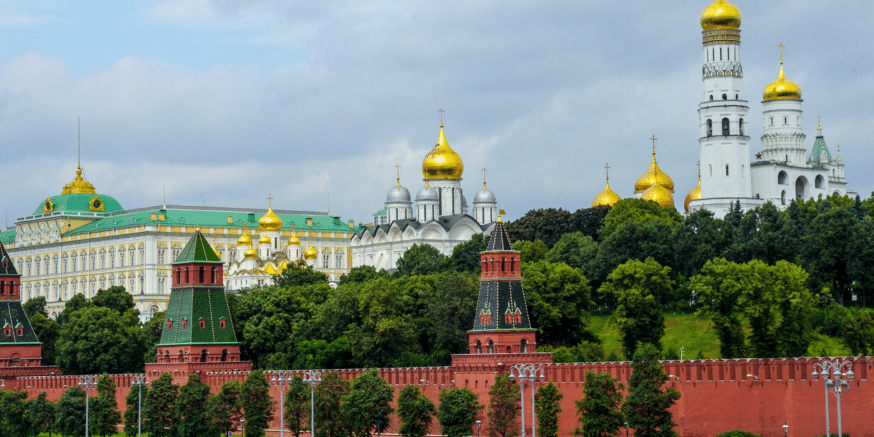TLDR
- Russia has allowed a limited number of commercial banks to engage in cryptocurrency transactions under strict supervision.
- The Bank of Russia has set capital limits and reserve requirements to prevent digital assets from becoming core bank assets.
- Banks must fully comply with anti-money laundering and countering the financing of terrorism rules when dealing with cryptocurrencies.
- A legal regime launched in early 2025 already permits wealthy individuals and corporations to use crypto for global settlements.
- Russia plans to introduce a cryptocurrency law by 2026 that will establish a licensing system for exchanges and clarify the legal roles.
The Bank of Russia has authorized select commercial banks to enter the cryptocurrency market, subject to strict regulatory conditions. The new framework sets capital restrictions, transparency measures, and reserve requirements to limit systemic financial risks. Officials say the move follows consultations with the banking sector and is part of a broader, controlled shift in crypto regulation.
Russia Allows Banks Limited Crypto Operations
Russia has confirmed a policy shift allowing banks to handle crypto under supervision by the Bank of Russia. The framework enables only a small number of commercial banks to participate in crypto operations under strict conditions. These include capital limitations and reserve mandates to ensure digital assets remain peripheral to core banking operations.
Vladimir Chistyukhin, First Deputy Chairman of the Bank of Russia, stated that banks could not be excluded indefinitely.
“We concluded that excluding banks from such operations would be unjustified,” he said after engaging with the banking sector. Thus, Russia introduced guardrails to limit exposure and ensure regulatory control.
The policy requires banks to comply with all anti-money laundering and counterterrorism laws. Institutions must identify clients, trace sources of funds, and block any suspicious activities. These rules aim to maintain financial integrity while allowing for limited cryptocurrency operations in Russia.
Legal Regime and Licensing Plan Gain Momentum
Russia launched an experimental legal regime in early 2025 to assess the use of cryptocurrency for international settlements. Under this framework, eligible entities must hold at least 100 million rubles in deposits and earn over 50 million rubles annually. Only a small group of wealthy individuals and corporations currently qualify for participation.
Authorities describe the pilot as a test of “digital settlement efficiency” for select Russian firms. It marked the first step in transitioning from a prohibition on crypto to a strategy of containment. Now, with bank access included, that transition is clearly expanding.
Chistyukhin and Governor Elvira Nabiullina now want lawmakers to approve a crypto law by 2026. The proposal would establish a licensing system for exchanges and clarify the role of crypto service providers in Russia. This legal shift aims to formalize the growing use of digital assets while maintaining oversight.
A7A5 Stablecoin Grows Despite Sanctions Pressure
Russia’s financial sector faces increasing pressure as sanctions limit access to global banking and weaken the ruble. As a result, interest in digital financial tools, such as the A7A5 stablecoin, has surged. The ruble-pegged coin now boasts a $500 million market capitalization, making it the largest non-dollar stablecoin.
Issued by the sanctioned Russian bank PSB and its partners, A7A5 operates through alternative financial channels. Despite global scrutiny, its backers insist it functions legally and under Kyrgyzstan’s regulatory framework. Executive Oleg Ogienko stated that the coin is playing a growing role in cross-border trade.
Ogienko said A7A5 is seeing rapid adoption across Asia, Africa, and Latin America. He claims it has enabled billions in trade for Russian businesses. Russia’s regulators have not confirmed if they plan to restrict the stablecoin’s use under the new rules.






